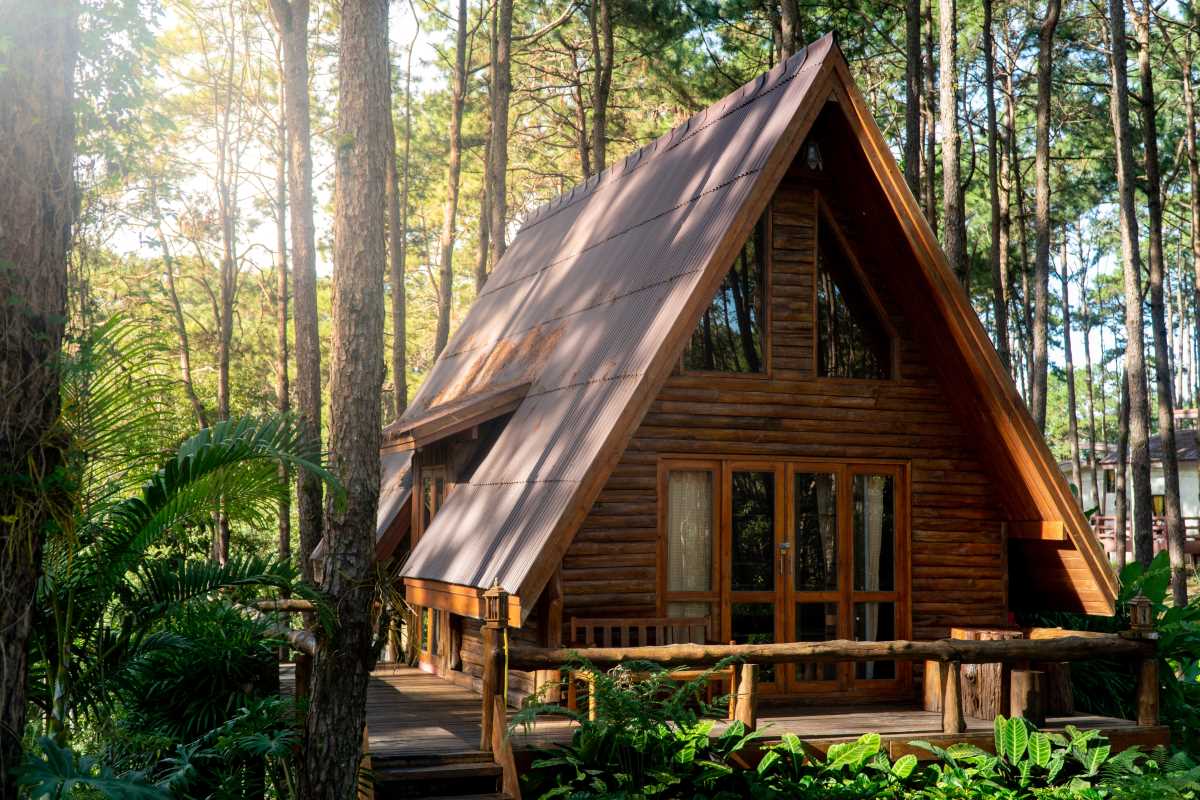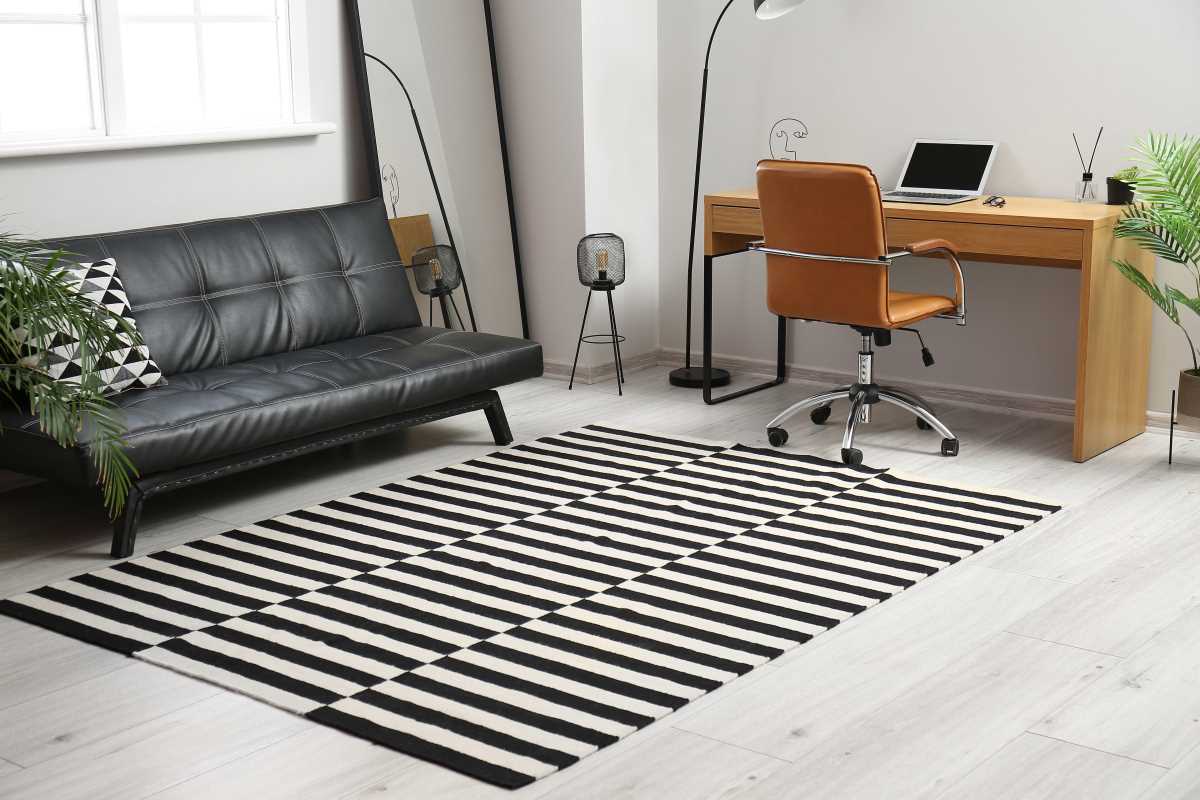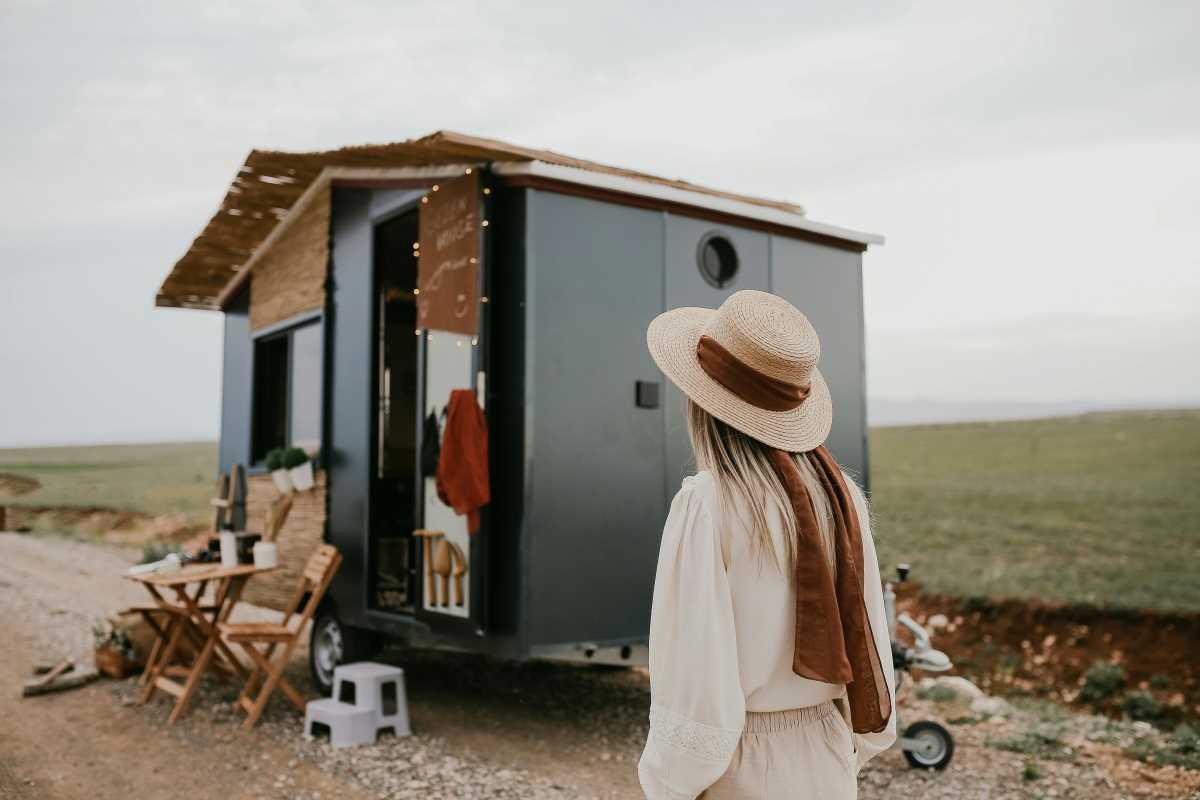Imagine walking into an old warehouse, a cozy attic, or even your own living room and discovering it transformed into a stunning personal art gallery. Creating personal art galleries in unconventional spaces is not only a way to showcase your favorite pieces but also a creative endeavor that breathes new life into everyday environments. Whether you’re an art enthusiast or simply looking to add a unique touch to your home, turning non-traditional areas into art displays can be both exciting and rewarding.
Identifying Unconventional Spaces
Unconventional spaces are those areas that aren’t typically associated with art displays. These can range from outdoor settings to unexpected indoor nooks. To start, take a walk around your home or workspace and look for spaces that are underutilized or have unique architectural features. Attics, basements, garages, and even closets can serve as surprising canvases for your personal art collection.
Beyond your home, think about community spaces or rented areas that could be temporarily transformed. Rooftops, gardens, and even vehicles like buses or vans can provide interesting backdrops for art. The key is to identify spaces that resonate with your personal style and the type of art you wish to display, creating a harmonious blend of environment and artwork.
Preparing the Space
- Clean and Declutter: Remove any unnecessary items to create a blank canvas for your art.
- Lighting: Ensure the space has adequate lighting or invest in adjustable lighting to highlight your pieces effectively.
- Wall Strength: Check and reinforce walls if necessary to support the weight of your artworks.
- Climate Control: Make sure the space is protected from excessive moisture and temperature fluctuations to preserve your art.
- Safety Measures: Install protective coverings or barriers if the space is accessible to others, especially children or pets.
Preparing the space is crucial to ensure that your personal art gallery not only looks inviting but also protects your cherished pieces. Take the time to evaluate the condition of the space and make any necessary adjustments before you begin arranging your art.
Choosing Art for Your Gallery
Selecting the right art is fundamental to creating a cohesive and engaging gallery. Start by identifying your favorite styles, whether it’s abstract paintings, photography, sculptures, or mixed media. Consider the size and scale of the space you’re working with; smaller rooms might benefit from a few statement pieces, while larger areas can accommodate more extensive collections.
Think about the themes that resonate with you. Do you prefer vibrant, colorful works or more subdued, monochromatic pieces? Personalizing your gallery with art that reflects your tastes and experiences will make the space feel more intimate and meaningful. Don’t be afraid to mix different mediums and styles to create an eclectic and dynamic display.
Curating Your Art Display
- Plan Your Layout: Sketch a rough layout of how you want the art to be arranged, considering the flow of the space and focal points.
- Group Similar Pieces: Organize artworks by theme, color, or style to create a harmonious look.
- Vary Heights and Sizes: Mix different sizes and heights to add depth and interest to the display.
- Use Anchoring Pieces: Place larger or more prominent pieces at strategic points to anchor the gallery.
- Leave Space: Ensure there’s enough space between artworks to allow each piece to stand out without feeling crowded.
Curating your art display is like storytelling; each piece should contribute to the overall narrative of your gallery. Take your time to arrange and rearrange until you’re satisfied with the balance and flow. Remember, there’s no right or wrong way to display art—what matters most is that it feels right to you.
Sharing Your Personal Art Galleries with Others
One of the joys of creating a personal art gallery is sharing it with friends, family, and the community. Hosting small gatherings or informal viewings can be a great way to showcase your collection and spark interesting conversations. You can also use social media platforms to share images and stories about your gallery, reaching a broader audience.
Consider collaborating with local artists or art groups to host joint exhibitions in your space. This not only enriches your gallery with diverse perspectives but also fosters a sense of community. By opening up your unconventional space to others, you contribute to the vibrant tapestry of local art scenes and inspire others to explore their creative potentials.
Creating a personal art gallery in an unconventional space is a fulfilling way to express your creativity and curate a unique environment that reflects your personality. With a bit of planning and imagination, you can transform any space into a captivating showcase of art that brings joy and inspiration to both you and your visitors.







